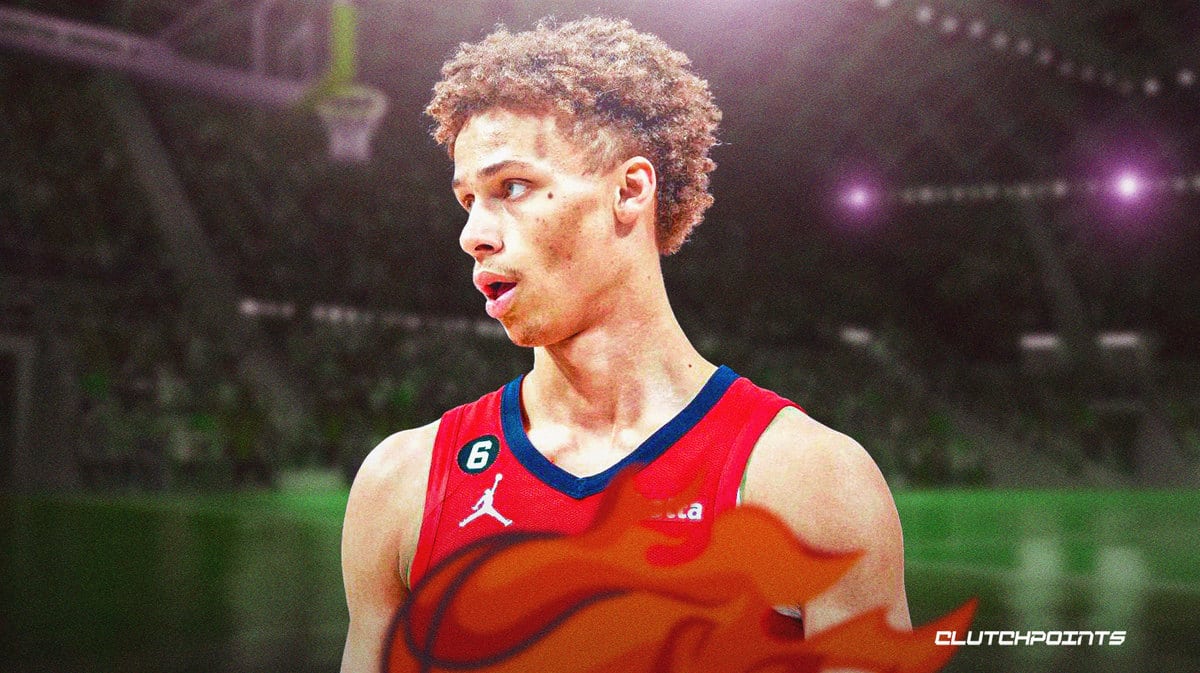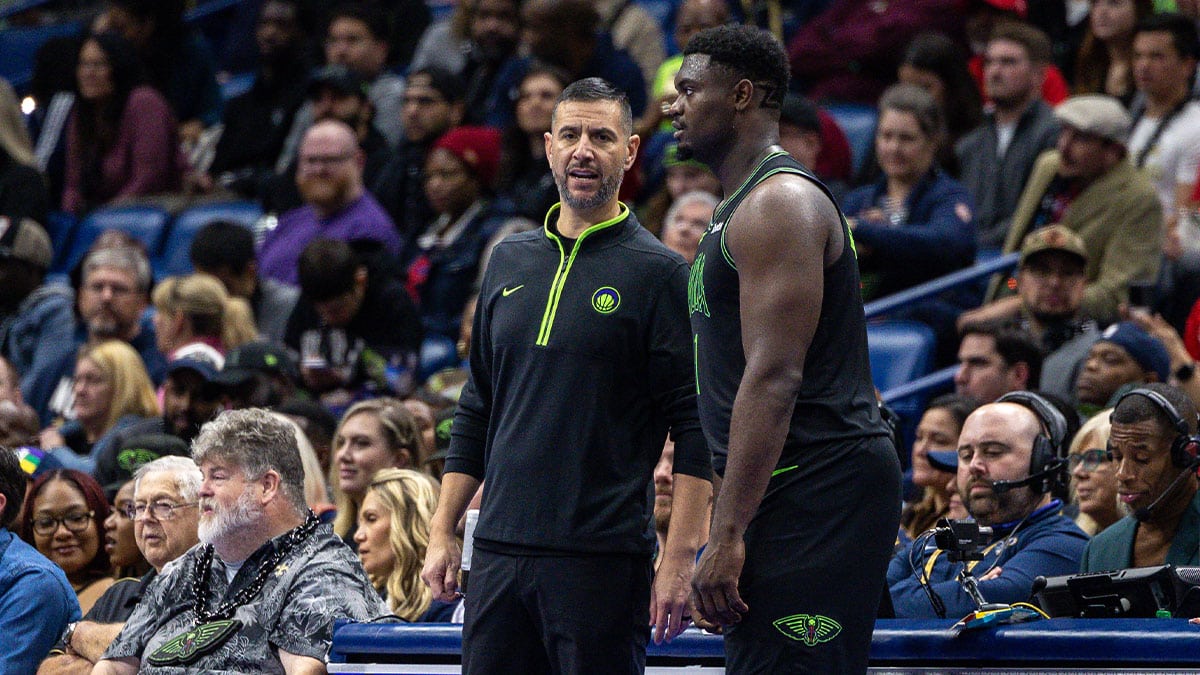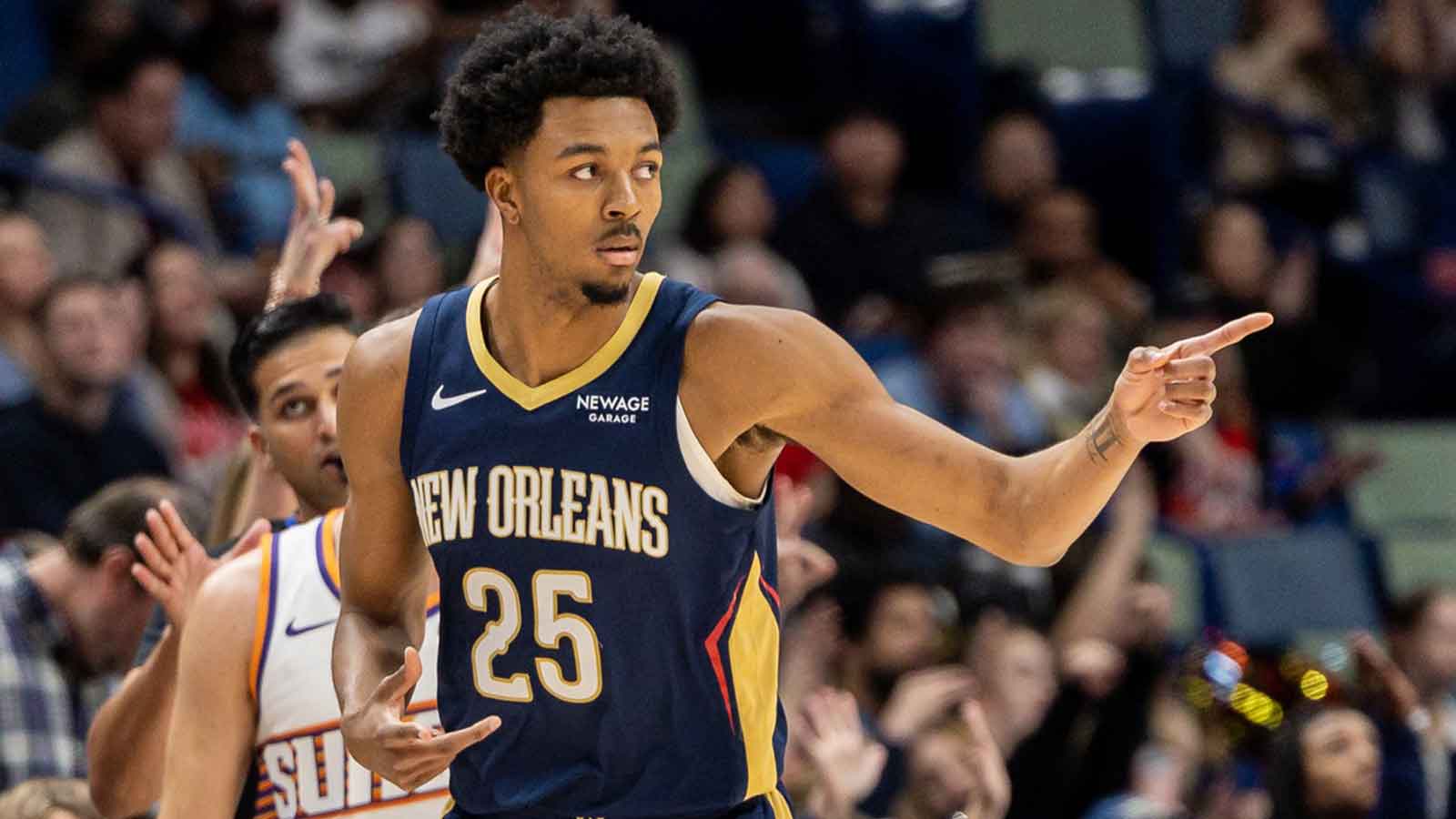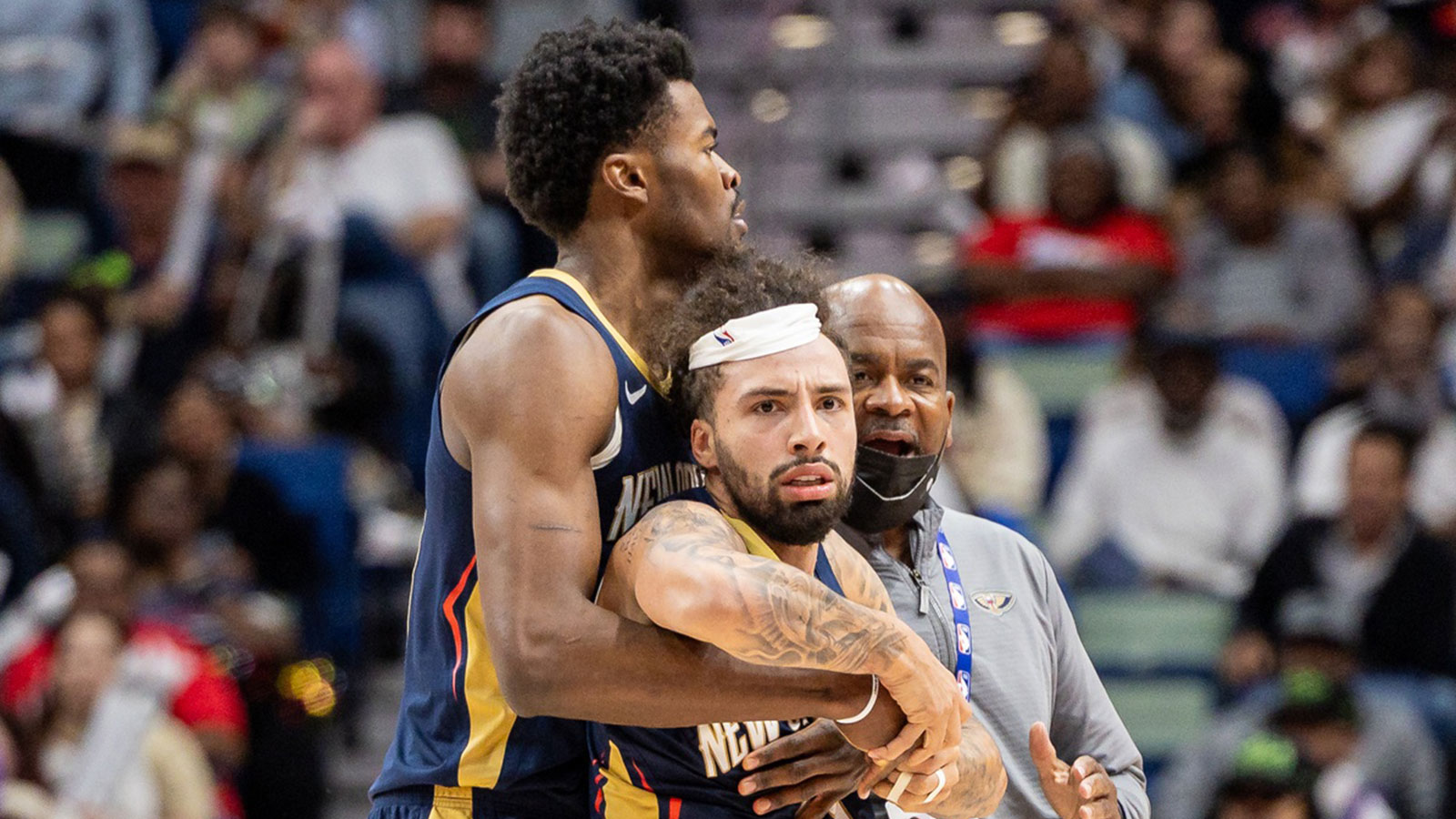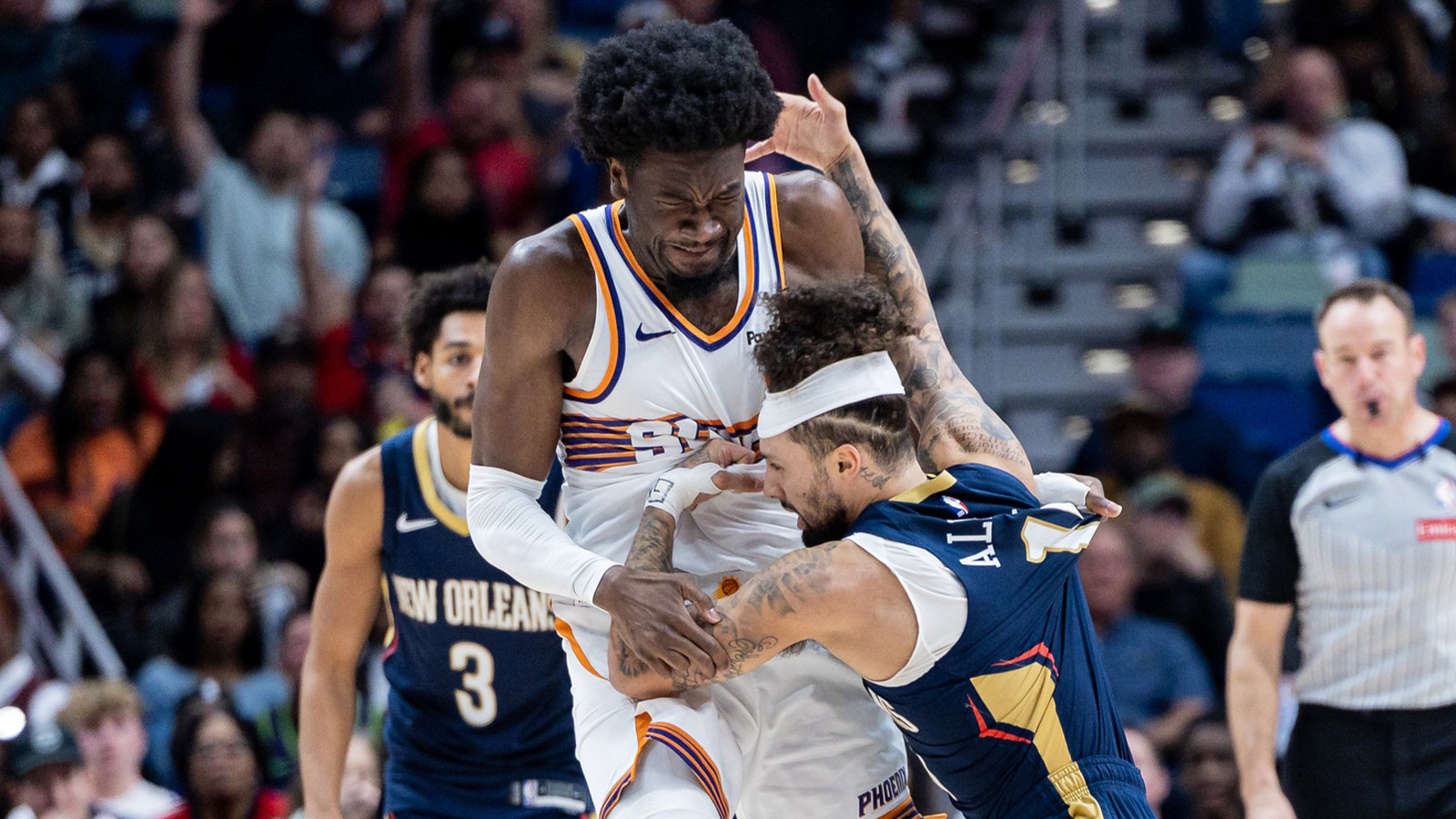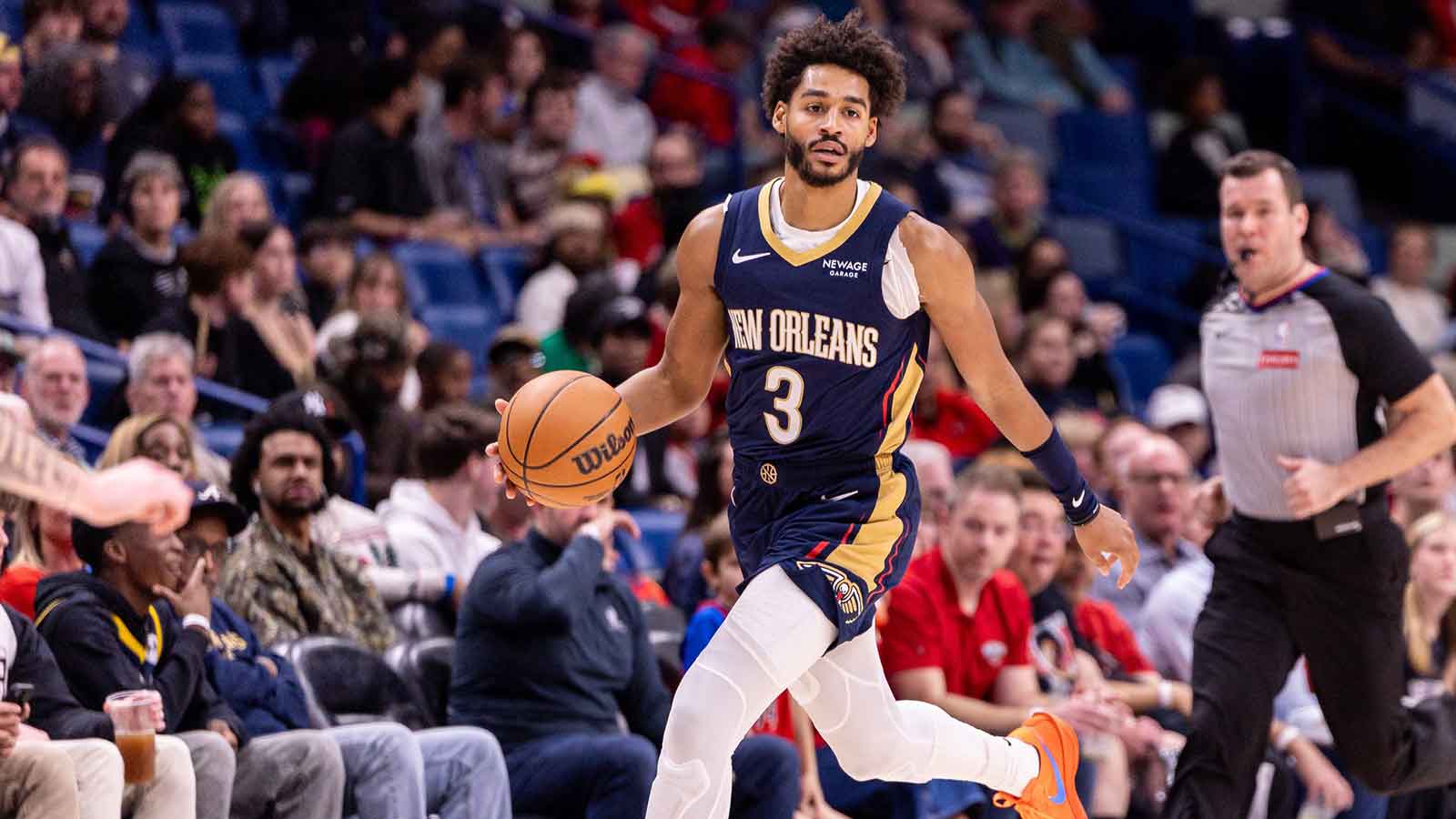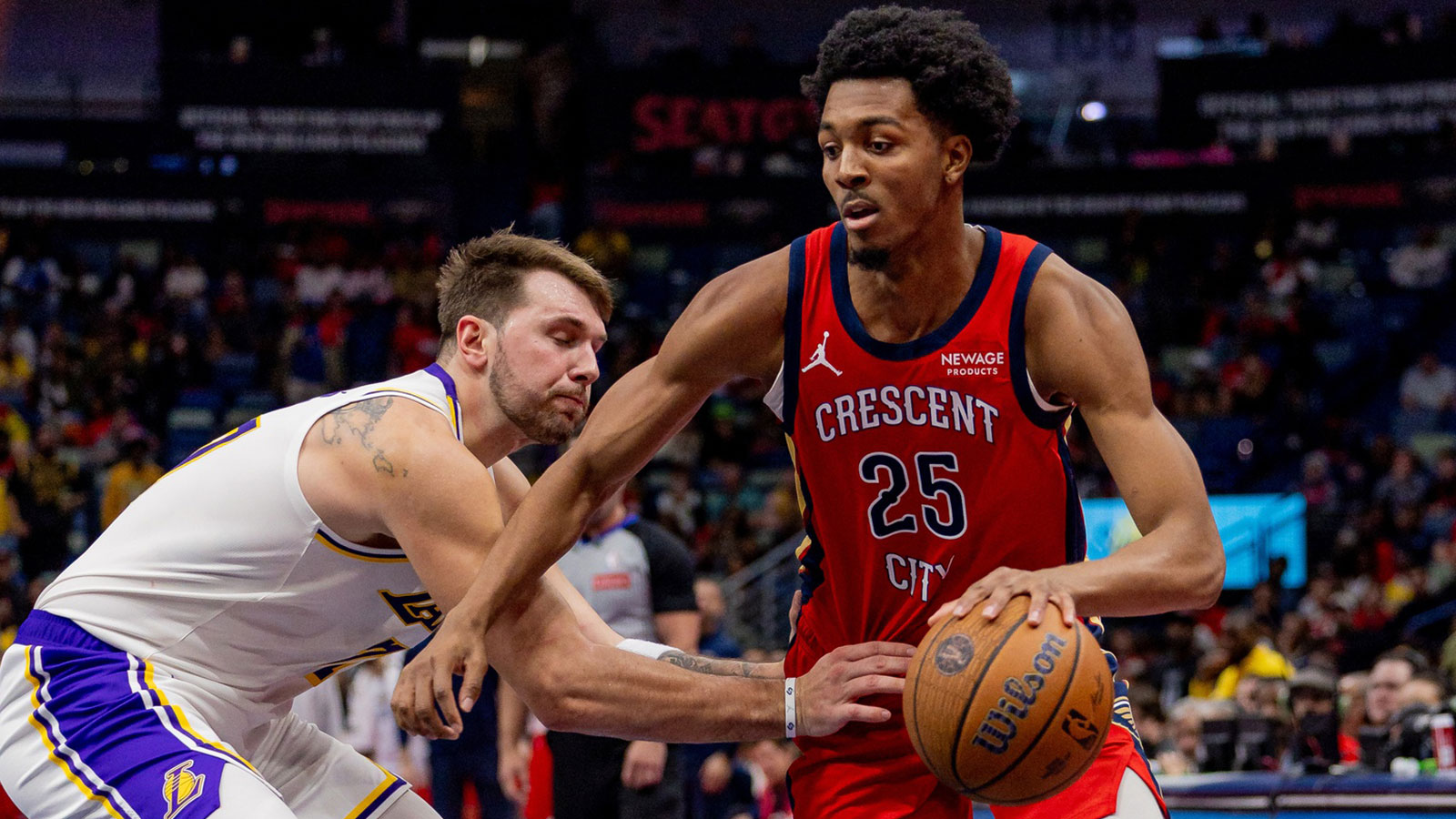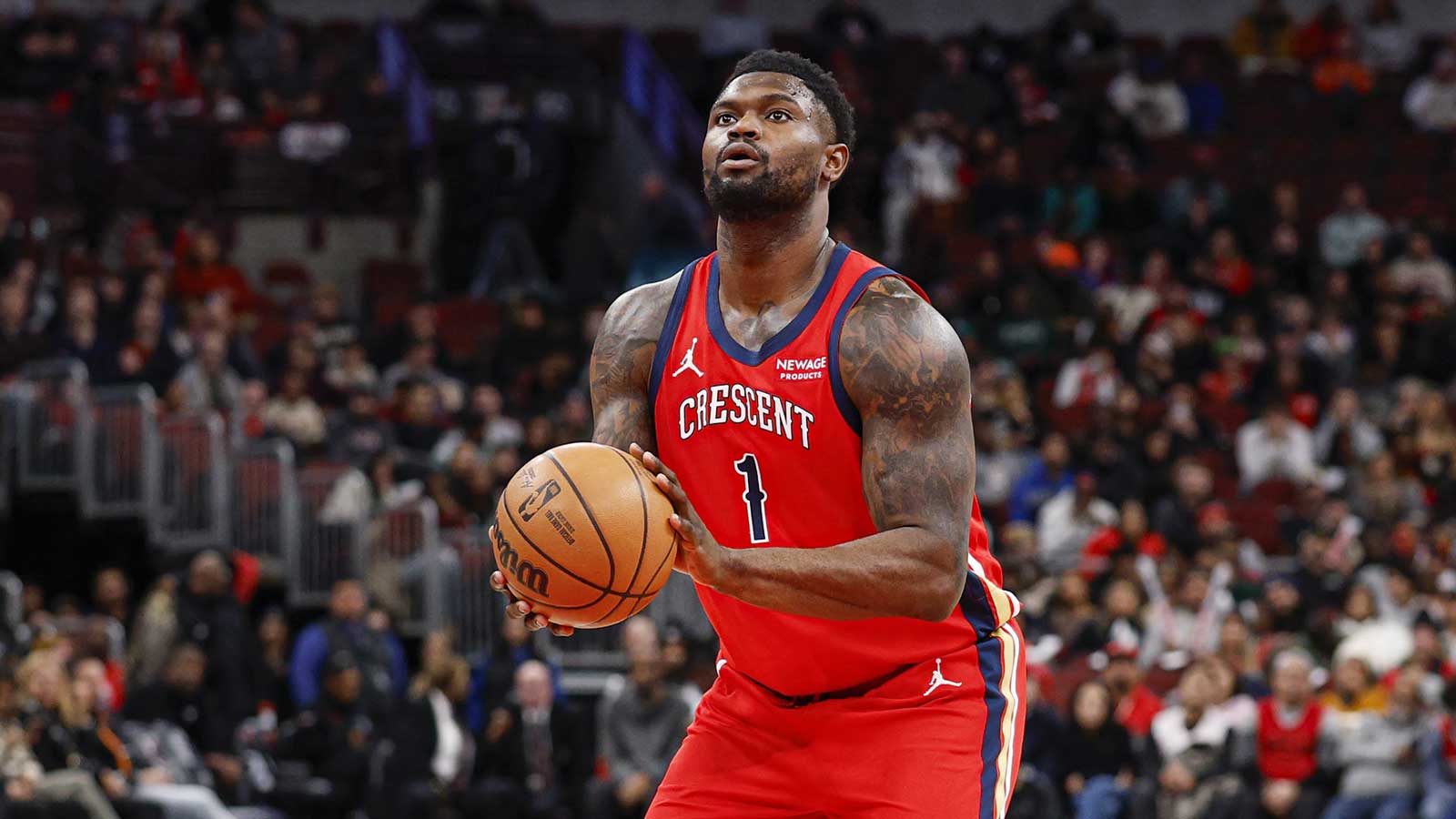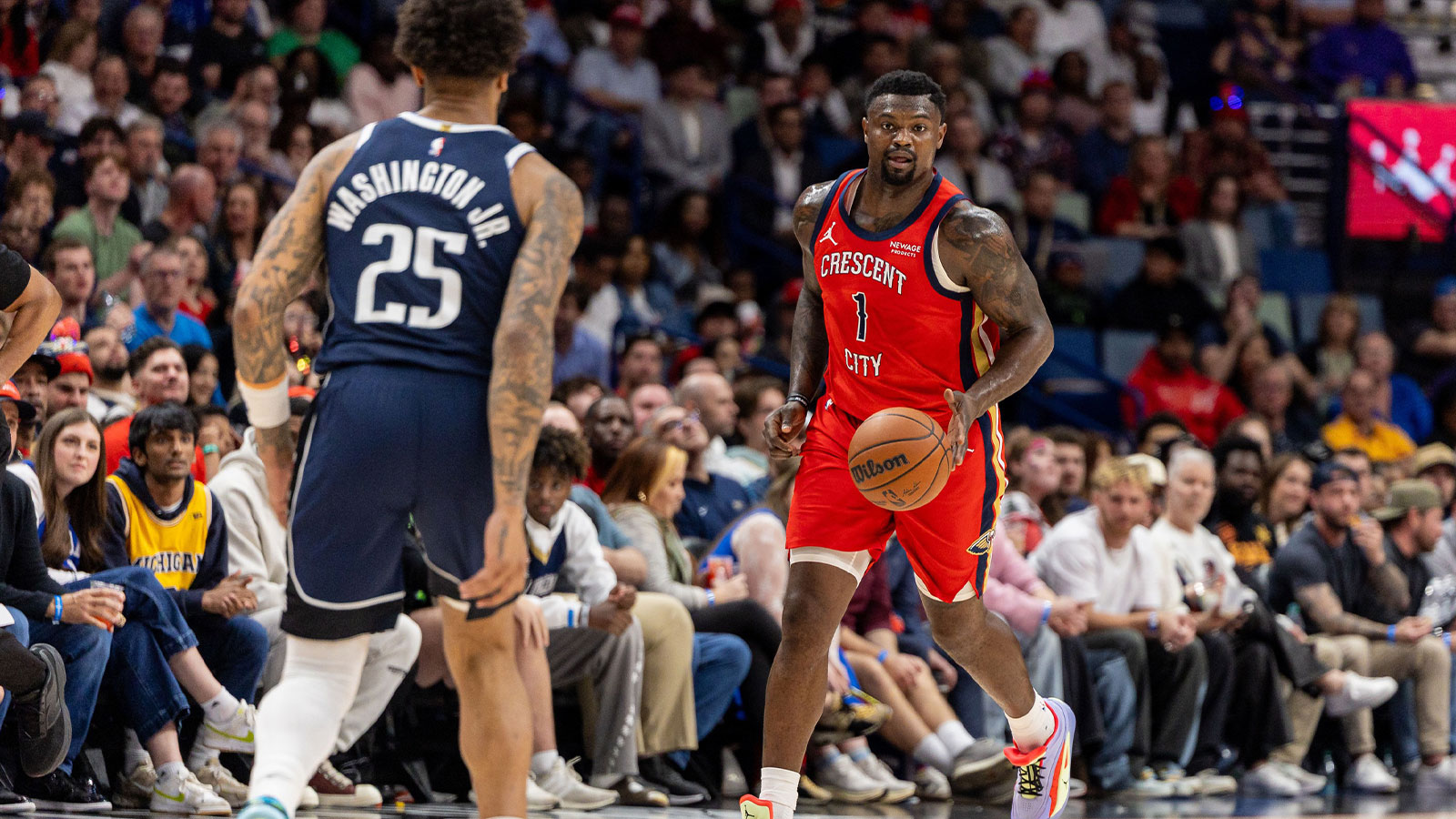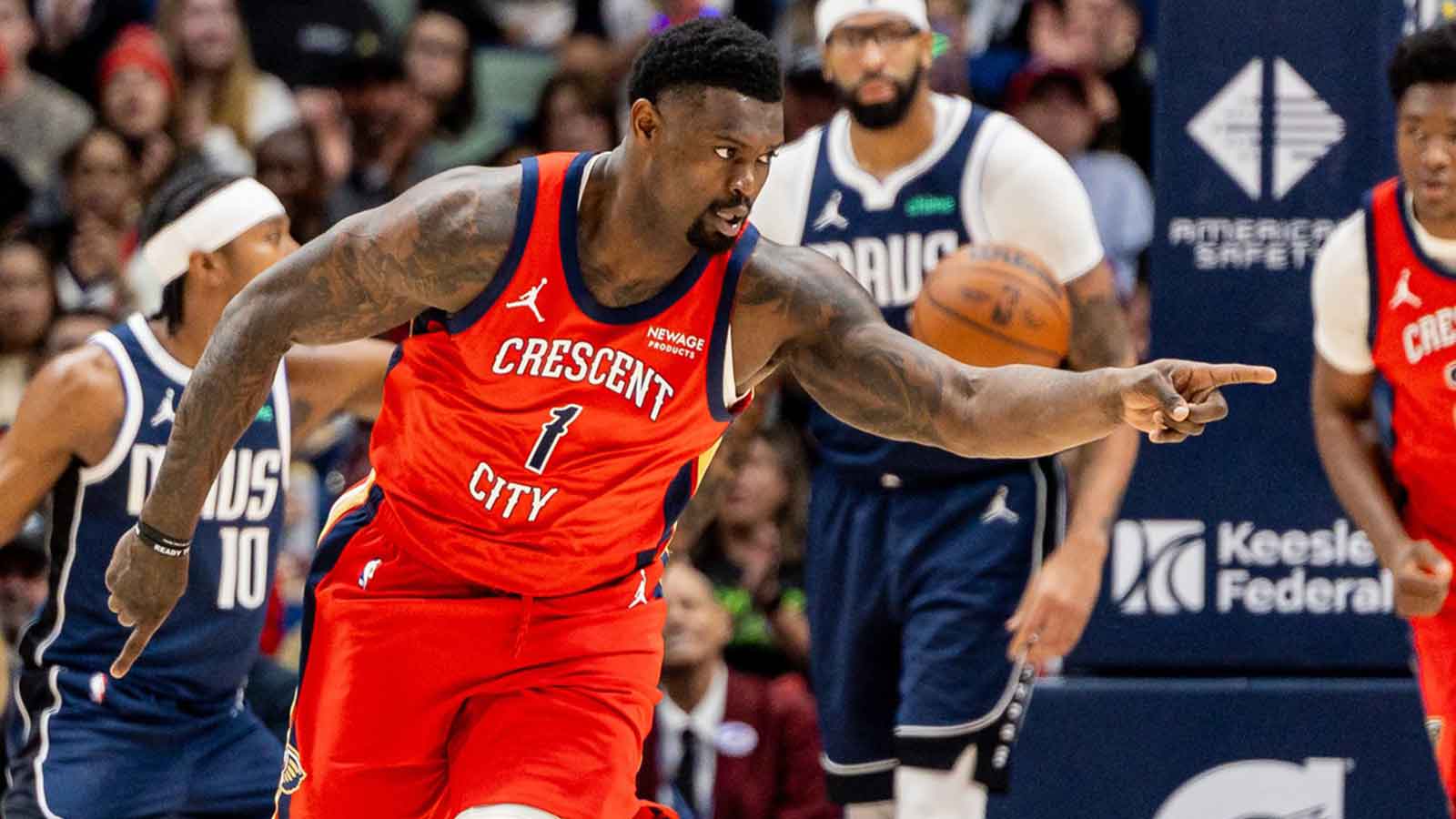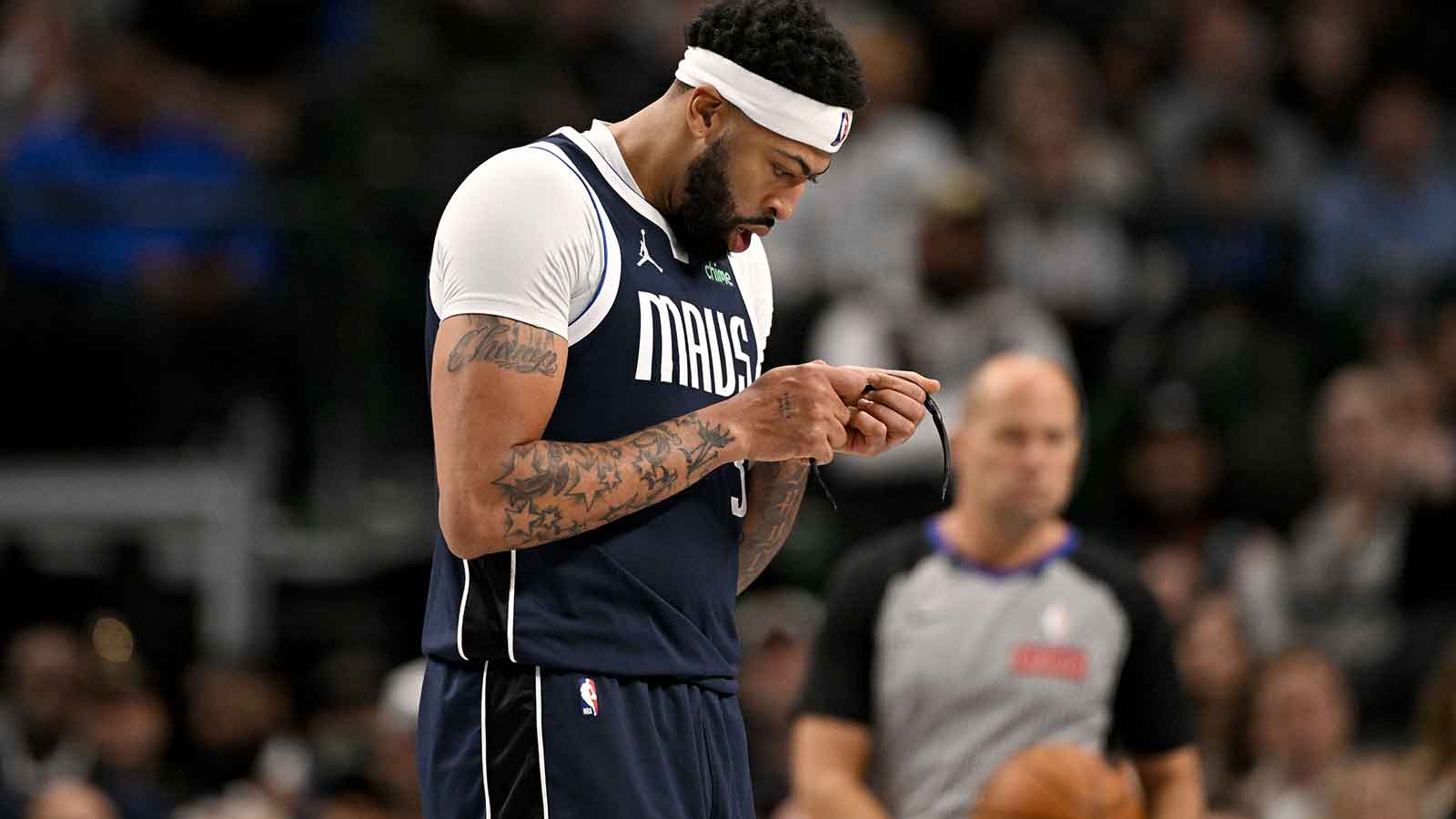When an NBA team plays a second-year player at Summer League, you want to see them dominate. They should look like they're literally and figuratively in a league beyond their competition. Dyson Daniels of the New Orleans Pelicans, unfortunately, fell somewhere in between.
Jalen Williams proved too good for Summer League in the one game he played for the Oklahoma City Thunder. Jabari Smith Jr. and Tari Eason were shut down by the Houston Rockets after dominating the team's first two games in Las Vegas. That's what you want to see from second-year players.
With Summer League in the rearview mirror, here's the Pelicans' biggest concern about Daniels heading into 2023-24.
Getting his own offense
Daniels' best utility on offense is as a connector, but it can be hard for him to maximize his playmaking potential without the threat of a jumper. Or, for that matter, a reliable go-to move with the ball in his hands.
If Daniels can burrow through defenders on drives or has an open lane to the rim, he's fully capable of creating offense for himself and his teammates.
Dyson with the strong finish 🫡#SummerPelicans pic.twitter.com/mm42iY0CFO
— New Orleans Pelicans (@PelicansNBA) July 12, 2023
But in traffic, it doesn't seem like he has much of a plan or reliable tool to score.
This play is a good example. He makes the right read by going with the floater, but rushes it a bit and the shot rattles in and out.
Dyson Daniels | Two Floaters
Floater One:
Too fast. Needed to decelerate. Decision to use floater was correct vs drop. Just has to sloooow down. pic.twitter.com/mnTYAvRKFk— DJ (@DJAceNBA) July 14, 2023
That all stems from not having a reliable jump shot.
Dyson Daniels was 27-of-86 from three last season (31.4%) and 26-of-40 (65%) from the free throw line as rookie. He shot a below-average 34.3% (24-of-70) on catch-and-shoot triples, the attempts he's most likely to take playing alongside Brandon Ingram, Zion Williamson and CJ McCollum. Daniels also posted an ugly effective field goal percentage of 32.8% on all pull-up jumpers.
In order to stay on the court in the modern-day playoff setting, players have to be more of a threat than that both spotting up for jumpers and with the ball in their hands. To New Orleans' credit, the team allowed Daniels to work on that during Summer League, though the results were still a mixed bag.
In five Summer League games, Daniels averaged 14.6 points on 25-of-72 (34.72%) shooting from the field and 2-of-20 from three (10%). Oof. He did attempt 31 free throws (6.2 per game) which is good, but made a less than ideal 21 of them (67.74%). Daniels also averaged 7.8 rebounds, 5.2 assists, 2.2 steals and 0.6 blocks per game during Summer League, all very healthy marks.
He's a very versatile player, but clearly isn't quite there yet as a shooter and scorer.
Moving forward
Dyson Daniels' limitations as a shooter and scorer make it hard to find his lasting place in New Orleans' rotation.
Ingram, Williamson, McCollum, Jonas Valanciunas and Herb Jones were great as a starting five for the Pelicans last season. Trey Murphy is a rising young wing. Jose Alvarado is entrenched at backup point guard. Larry Nance Jr. is a versatile backup center. The Pelicans just drafted sharpshooter Jordan Hawkins, and Naji Marshall is a tough player to keep off the floor.
New Orleans will surely play Daniels more in 2023-24, but is plush with depth and has no reason to give him major minutes if he doesn't improve offensively. There is a lot to work with in Daniels' game, but strides as a shooter and scorer are a must for him to cement his place as a fixture of the Pelicans' present and future after an up-and-down performance at Summer League.

